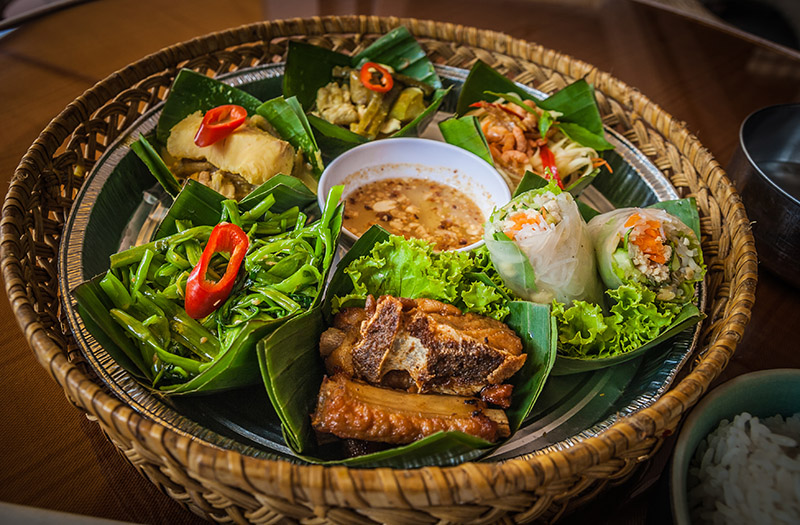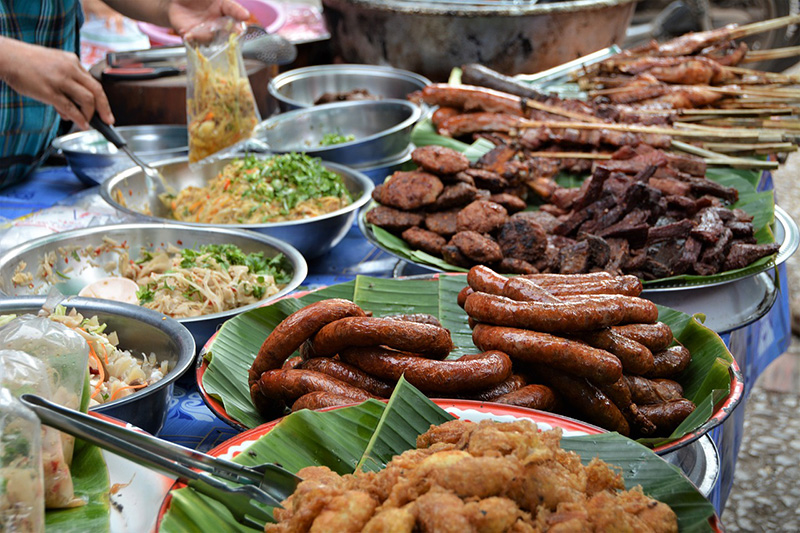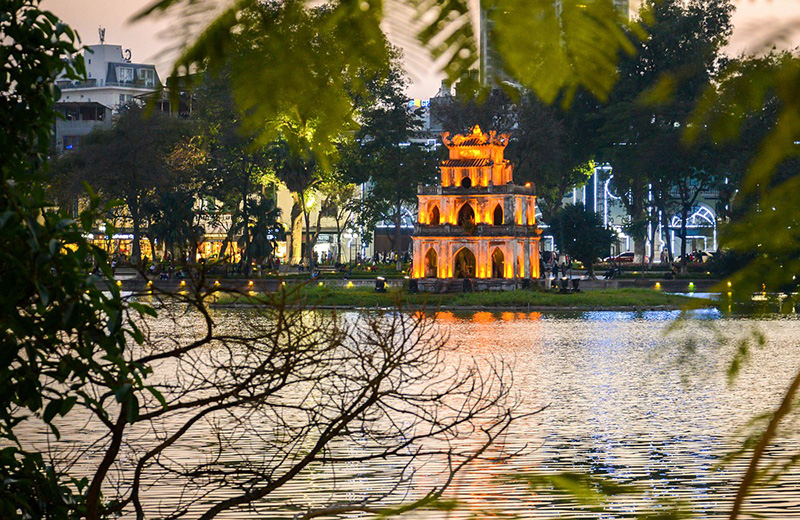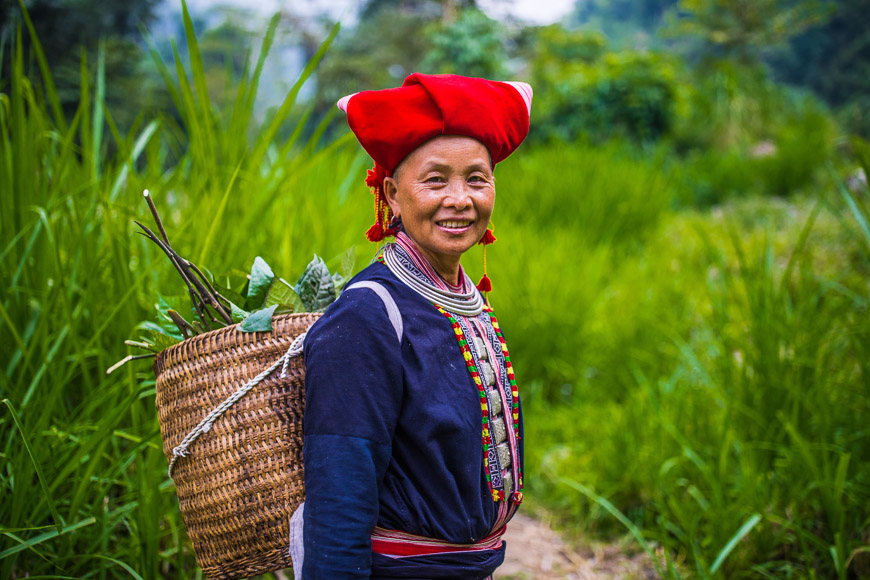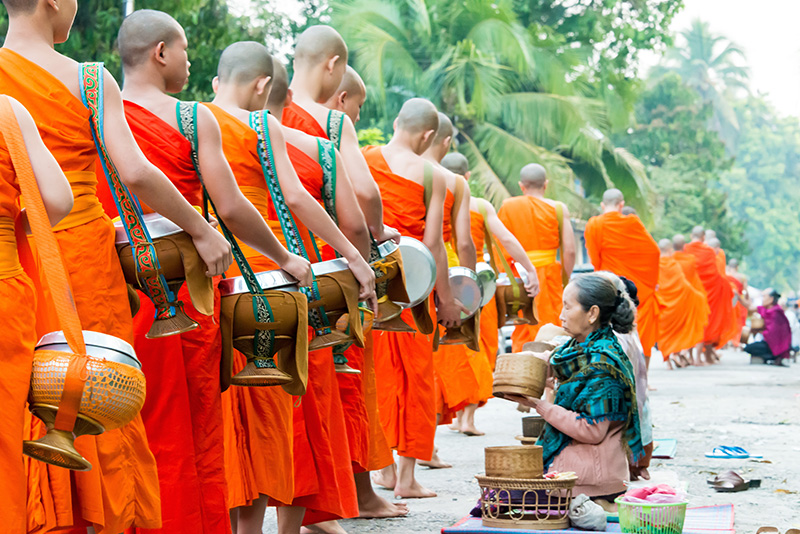
Top 10 Signature Dishes To Try While Visiting Myanmar
Fri, 01/10/2020 - 17:29
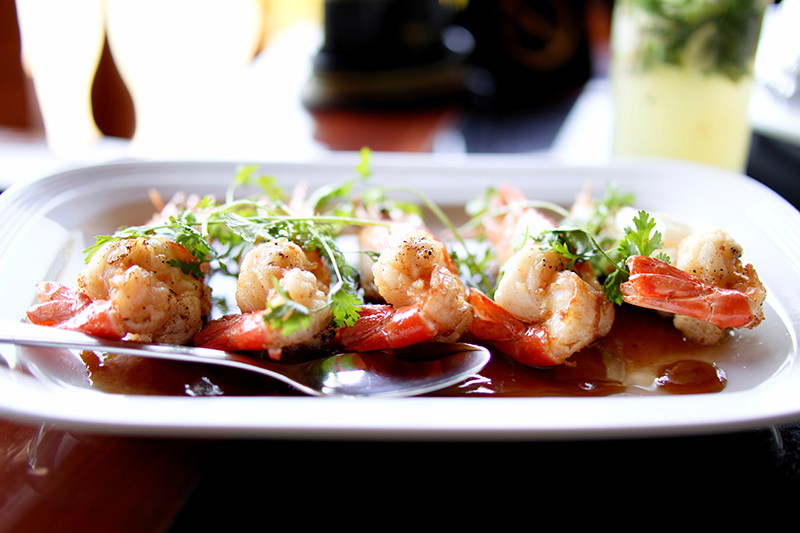
After a long time of isolation from the outside world, Myanmar is gaining back its popularity in terms of tourism thanks to the majestic landscape and wonderful cuisine. Although Burmese culinary culture is heavily influenced by Indian, Chinese, Thai and the local cuisines of many ethnic minorities, the country still offers a myriad of signature dishes to triggering the delight of international travelers. The following are the most outstanding must-try when staying in Myanmar.
Lahpet - Tea Leaf Salad
Sound interesting, isn’t it?
Tea leaves as an appetizer. Have you ever tried it?
This dish is said to be the most strange and stirs lots of curiosity for international travelers when visiting Myanmar. The taste of the leaves often made into tea water, is now processed into an appetizing salad, which is obviously confusing.
But Lahpet or tea leaf salad is such a common dish in Myanmar.
It is also spelled laphet, laphat, leppet, lephet, or letpet in English. The belle of the ball is, of course, tea leaves. But, it is not the fresh or dried leaves as we use for brew tea. To make tea leave salad, the Burmese first ferment the leaves. Other ingredients of this special salad include tomatoes, shredded cabbage, fried beans, some types of cereal grains, garlic, peanut oil, fish sauce, and chili. All ingredients are mixed by hand, squeezing to infuse spices.
Lahpet is so popular in Myanmar cuisine that the is a saying that: "Of all the fruit, the mango's the best; of all the meat, the pork's the best; and of all the leaves, lahpet's the best".
However, we do not recommend tourists consume much of this salad. Tea leaves contain a huge amount of caffeine. During the fermentation, the caffeine proportion is even increased, which can lead to insomnia if you eat too much.
Fish Noodles - Mohinga
For your information, noodles are not an invention of the Italian. In fact, it originated in China. As a result, many neighboring countries, including Vietnam, Thailand, Korea, and Myanmar feature some kinds of noodles in their most typical menu.
In Myanmar, rice noodle and fish soup or Mohinga are the most popular. It is sold almost every corner of the country and almost all Burmese people have a bowl of Mohinga for breakfast.
Catfish are usually chosen to make the rich broth. The broth is cooked and kept boiling in a cauldron. Some other ingredients such as chickpea flour and/or crushed toasted rice, garlic, onions, lemongrass, banana tree stems, ginger, fish paste, fish sauce can be added to enrich the flavor and the texture. After getting your order, the cook will dip the rice vermicelli in the aromatic broth, then put it into a bowl, add some cups of broth, dressing with fish sauce, a squeeze of lime, garnishing with coriander, crushed dried chillis, crispy fried onions, spring onions, and crisp fried fritters as optional extras.
So yummy!
Chapati - Burmese Roti
As Myanmar is located in the conjunction between China and India, the national cuisine has a lot in common with those two nations. Chapati is an example of the influence of India cuisine on the culinary culture of the Burmese.
Chapati, or you may come across other spelling versions like chapatti, chappati, chapathi, or chappathi, is an Indian-inspired dish. The original version of it is the unleavened flatbread consumed in India and many other countries nearby like Nepal, Bangladesh, Pakistan, Sri Lanka.
To make chapati, the Burmese use whole wheat flour, a kind of edible oil and optional salt. They add water to the flour, tossing it into a dough, adding other ingredients and toasting on a tava (flat skillet).
Chapati is a must-try in Mandalay, where you can find the dish on many street vendors. Curries are often served with chapati to enhance the flavor.
Samosa or Samusa - Deep-Fried Pastry With A Savory Filling
Burmese have a special passion for greasy-filled dishes, so fried cakes of various sizes and shapes are the most popular food on the streets of Myanmar.
Crispy spring rolls, fried bread, a golden-brown, crispy donut with special flavor are served with a sweet and sour sauce made from tamarind, creating an irresistible temptation.
Most types of bread in Myanmar are made from rice flour or glutinous rice flour, sometimes a mixture of the two types. The local people mix flour with crushed garlic, onion, and ginger. These condiments bring a complex aroma to the pastry when frying in a deep pan full of oil. In addition, the flour is also mixed with coconut shred, sesame seeds, tomatoes, curry powder... to make many different types of cakes.
Htamin - Burmese Rice
Together with Vietnam, Myanmar is among the leading country when it comes to rice production. This is because rice is always a staple food in this nation. Paw Hsan Hmwe, a kind of fragrant rice produced in Myanmar was titled the world’s best rice in 2011.
Therefore, you can find a wide selection of rice dishes when you come to Burma. White rice is the most popular not only here but also in the rest of Asia. There are also a number of variants such as glutinous rice (kauk hnyin), purple rice (nga cheik) often used as a breakfast dish.
Local people of Shan state often cook fragrant rice in turmeric water and serve with a piece of freshwater fish grilled in garlic oil. Along with spices like garlic, chili, pepper, and rice, Shan-style rice is a favorite dish for those who fancy spicy dishes.
Nan Gyi Thohk - Burmese Spaghetti
“Thohk” or “thoke” refers to a salad dish in Burmese. However, it doesn’t contain only vegetables like tomatoes, beans or leaves. The Burmese version does have rice, noodle, potato, ginger and ngapi (fish paste) in its salad. “Nan Gyi" is the round thick rice noodles used to make Nan Gyi Thohk.
Nan Gyi Thohk is a Burmese dish consisting of rice noodles mixed with a special chicken curry served with broth. When being served, it is garnished with sliced onions, toasted chickpea flour, crispy noodles, chilies, slices of hard-boiled egg and you can squeeze some lemon juice on the dish to add fragrance. Nan Gyi Thohk is dubbed as a Myanmar version of spaghetti.
Ohn-No Khao Swè - Burmese Chicken Curry
If you get in a traditional Burmese restaurant and want to fill up your stomach, remember to order Ohn-No Khao Swè. The dish consists of wheat noodles in a curried chicken and coconut milk broth. The texture of the rich coconut broth is thickened with chickpea flour. To add a bit of decoration, the cook will top the dish with sliced raw onions, chilies, crispy fried bean fritters, crisp noodles, and slices of hard-boiled egg. And like any other Southeast Asian noodle dishes, you can choose to zest with lime or lemon juice and fish sauce.
Shan Tofu
First thing first, don’t be misled by the name. The Shan Tofu has nothing to do with the Chinese tofu, which is from soy milk and added a kind of liquid acid called coagulants.
Burmese version or Shan Tofu is a signature of Shan people, residing in Shan State on the east side of Myanmar. It is made from water, turmeric, a pinch of salt the Burmese chickpea flour, and flour ground from yellow split peas. The flour is heated, stirring constantly until it turns into a creamy paste. After that, the paste is transferred into a tray and rest.
Thanks to the turmeric and the Burmese pea, Shan Tofu has a light yellow color. The texture is firm and jelly-like. When cut or sliced, it doesn’t crumble as the soft Chinese tofu.
Shan Tofu can be served fresh with a salad, but the Burmese usually cut it into bite-size cubes and deep fry to make excellent afternoon munchies.
Wet Tha Dok Hto
If you are seeking for a really exotic food in Myanmar, give Wet Tha Dok Hto a try. Basically, Wet Tha Dok Hto means pork on a skewer in Burmese. But more than just a chunk of pork, you can find the pig’s internal organs such as kidney, intestine, heart, liver, spleen, lungs, tongue and even the skin and cartilage on the skewer as well.
Don’t be freaked out! They are totally edible.
The meat is coated in a light version of soy sauce and well cooked in a large pan on a charcoal stove. The soy sauce flavor is very tasty, so Wet Tha Dok Hto is the favorite dish on the street stalls.
Htamane
Last but not least, let’s round up the tasty journey of Burmese cuisine with a sweet dish. Htamane, alternatively spelled as Htamanè, is a savory snack from glutinous rice. The rice to make Htamane is named “nga cheik”. It has a brilliant purple color, which makes it stand out from other types of rice.
More than just a regular dish, Htamane is featured in one of the most important festivals in Myanmar. The seasonal festive delicacy is celebrated on the full moon day of Tabodwe month in the Burmese calendar, usually at the same time as of February. It marks the end of the cool season, so many people make Htamane as an offering to pagodas and monasteries. The famous Shwedagon Pagoda even hold a Htamane-making competition annually.




